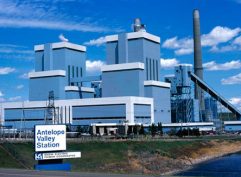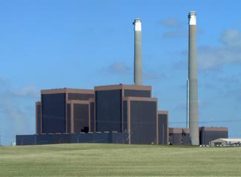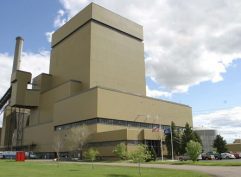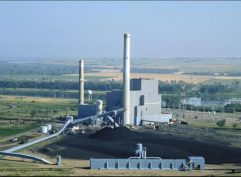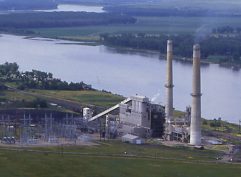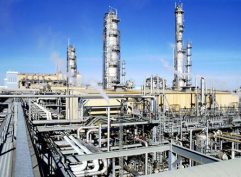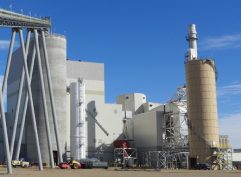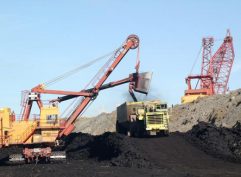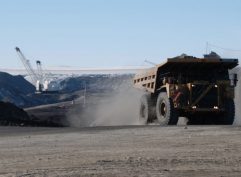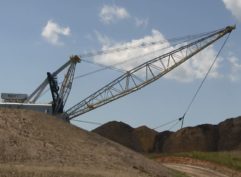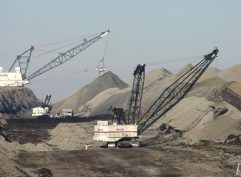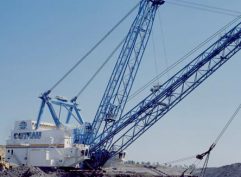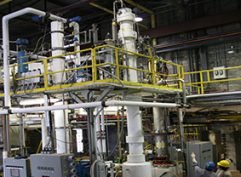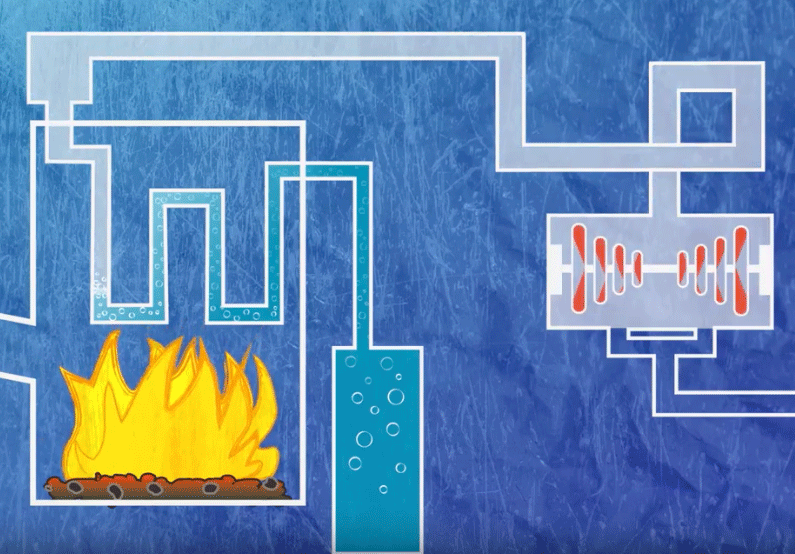ND coal production reaches 27.7 million tons in 2016
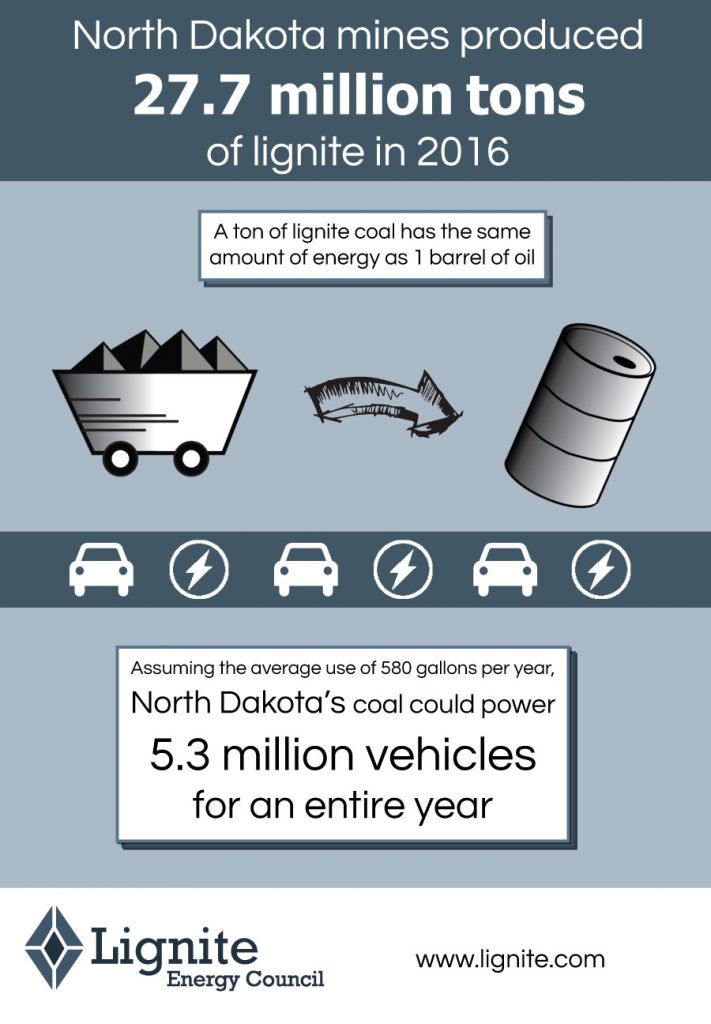 The 27.7 million tons of lignite coal produced in North Dakota in 2016 was slightly lower than the five year average of 28.1 million tons, but bucked the national trend, which saw U.S. coal production fall to its lowest level since 1978.
The 27.7 million tons of lignite coal produced in North Dakota in 2016 was slightly lower than the five year average of 28.1 million tons, but bucked the national trend, which saw U.S. coal production fall to its lowest level since 1978.
The 2016 total ties the 2013 production in North Dakota and is slightly higher than the 2012 production total of 27.5 million tons. However, it is down about 1 million tons from 2014 and 2015 totals.
“Production at North Dakota’s five lignite mines continues to be steady due to long-term contracts and the competitiveness of low-cost, coal-based electricity,” said Jason Bohrer, president and CEO of the Lignite Energy Council. “Production totals were affected by outages at a couple of power plants. In addition, electricity produced from wind generation in our region continues to put pressure on the seven lignite-based power plants in the state.”
The Coyote Station south of Beulah, ND, and the Milton R. Young Station near Center, ND, both had major outages during 2016 that reduced lignite production.
The Coyote Station also switched coal suppliers last summer. The new Coyote Creek Mine has been selling fuel to the Coyote Station since June 2016. The Beulah Mine, which had been Coyote Station’s supplier, continues to sell coal to the Heskett Station near Mandan.
For seven months of sales, the Coyote Creek Mine produced nearly 1.6 million tons. The Beulah Mine’s totals were just less than a million tons. The Coyote Station is operated by Otter Tail Power Company and the Heskett Station is owned by Montana-Dakota Utilities Co. The Beulah Mine is owned by Dakota Westmoreland Coal Co.
The largest lignite mine in the world – the Freedom Mine north of Beulah – sold the most coal during 2016. More than 14 million tons of lignite were produced and sold to the Antelope Valley Station, Leland Olds Station and the Great Plains Synfuels Plant. All three plants are owned by Basin Electric Power Cooperative.
North Dakota’s second largest lignite mine is operated by the Falkirk Mining Company near Underwood, ND. It produced 7.2 million tons last year, which were sold to Great River Energy’s Coal Creek Station and Spiritwood Station. North American Coal Corporation owns the Freedom Mine, the Falkirk Mine and the Coyote Creek Mine.
The Center Mine, owned by BNI Coal, LTD, saw its production reduced in 2016 to 3.8 million tons due to an extended outage at the second unit of the Milton R. Young Station, which is operated by Minnkota Power Cooperative.
“The lignite industry is unique in that our plants are generally adjacent to the mines, which reduces if not eliminates transportation costs,” Bohrer said. “It also means that our state benefits from the jobs associated from both the mines and the power plants along with low cost, reliable electricity generated from lignite.”
Bohrer added that the EPA and other federal regulatory agencies under the Obama Administration had not looked kindly on the coal industry or other fossil fuels.
“It’s my feeling that more effort will be made by the Department of Energy under the Trump Administration to develop technologies that will allow both new and existing power plants to capture carbon dioxide,” Bohrer said. “In North Dakota, we have an immense reserve of lignite coal and developing technologies to convert this asset into energy is in the best interests of the entire region.”
Currently, North Dakota’s seven lignite-based power plants generate enough electricity to serve 2 million families in North Dakota and surrounding states.
The Lignite Energy Council is a regional trade association representing North Dakota lignite producers, electric utilities and approximately 300 businesses providing goods and services to the mines and plants. The lignite industry generates more than $3 billion in gross business volume within the state.
####


